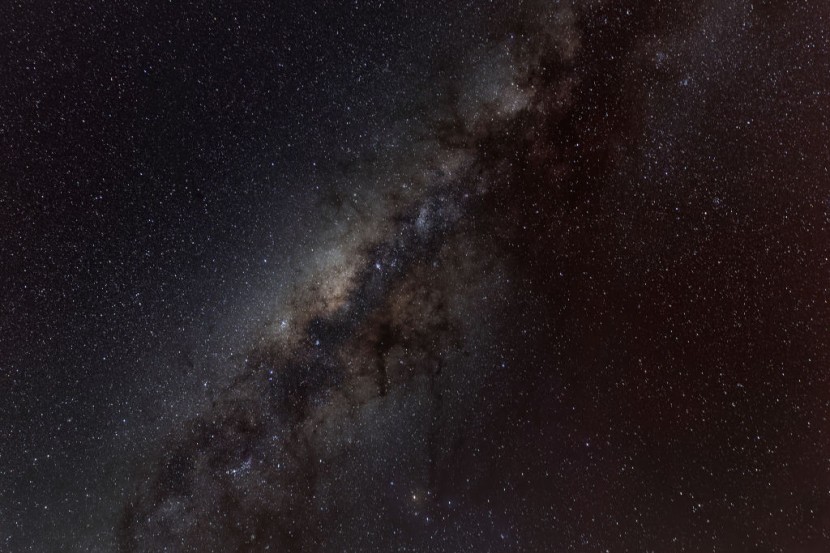
NASA's Hubble Space Telescope witnessed a mysterious and massive intergalactic explosion between two galaxies located roughly 3 billion light-years away.
Leading theories that try to explain the incident involve stars being ripped apart by powerful black holes and the merger of neutron stars. The optical flash is one of the brightest bursts of blue light in the universe, and it was observed to have lasted for a few days.
Mysterious Intergalactic Explosion
It is seen as the latest example of a rare breed of a brief astronomical event called a luminous, fast blue optical transient (LFBOT). These events are still a complete mystery to astronomers and the first one to be discovered was not observed until 2018.
The first LFBOT was designated AT2018cow and positioned in the spiral arm of its galaxy, roughly 200 million light-years away. It was also given the nickname "the Cow" and was up to 100 times brighter than an ordinary supernova and was also bright in radio waves, ultraviolet, and X-rays, as per Space.
If the cosmic event was a supernova, it behaved very odd because usually, it would stay bright for several weeks, or even months, and has a recognizable spectrum. However, the Cow faded only after a few days.
Similar bursts of light are discovered at a rate of about one per year and are nicknamed after animals based on the last three letters in their designation. Other LFBOTs have been dubbed the Camel, the Koala, and the Tasmanian Devil.
However, the latest LFBOT, detected by the Zwicky Transient Facility at Palomar Observatory in California on Apr. 10, is designed AT2023fhn and has been nicknamed "the Finch."
Following the initial detection of the LFBOT, a pre-planned sequence of observations by telescopes on the ground and in space was enacted. Chile's Gemini South telescope also measured the Finch's spectrum and discovered that it was 20,000 degrees Celsius.
Hubble's Unexpected Discovery
This prompted astronomers to use Hubble to figure out exactly where the LFBOT came from, and this was when the situation became even more mystifying. The explosion of light happened 50,000 light-years away from the nearest spiral galaxy and 15,000 light-years away from the nearest dwarf satellite galaxy, according to Science Alert.
This means the theory about the blast coming from a supernova is highly unlikely but gives more reason to lean on the black hole theory. Researchers said that it is possible that an old, isolated ball of stars known as a globular cluster is lurking in intergalactic space.
The lead author of the Hubble paper reporting the discovery of the recent LFBOT, Ashley Chrimes, said that the observations by the telescope were "really the crucial thing." She said it helped them realize that the cosmic event was unusual compared to others.
Chrimes said that the more they learn about LFBOTs, the more they surprise scientists studying them. She said that they have not shown that LFBOTs can happen a long way from the center of the nearest galaxy, and the location of the Finch is not what they expected for any supernova, said SciTechDaily.
Related Article : Dead Star Hits Earth With Powerful Energy Blast, Baffling Scientists
© 2026 HNGN, All rights reserved. Do not reproduce without permission.








